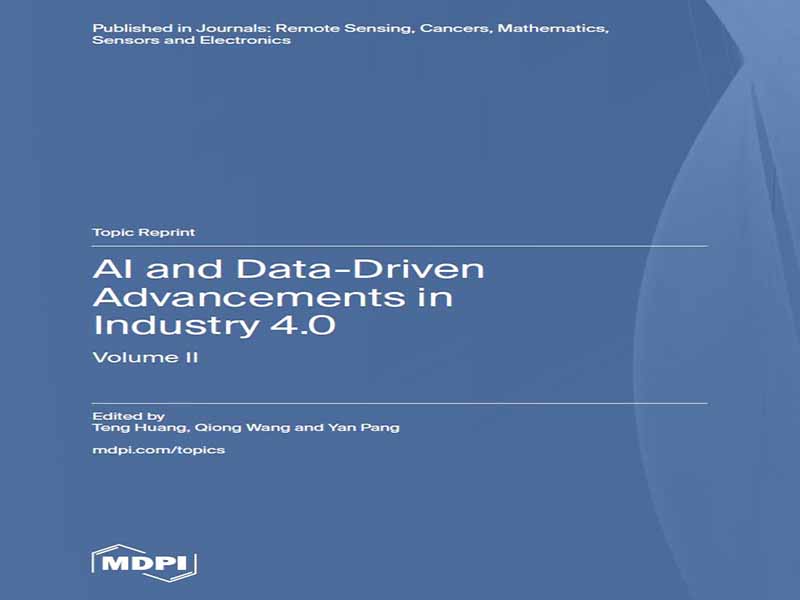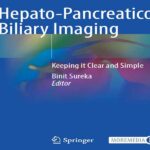- عنوان کتاب: AI and Data-Driven Advancements in Industry 4.0 Volume II
- نویسنده: Teng Huang, Qiong Wang, Yan Pang
- حوزه: هوش مصنوعی در تحیل داده
- سال انتشار: 2025
- تعداد صفحه: 648
- زبان اصلی: انگلیسی
- نوع فایل: pdf
- حجم فایل: 23.7 مگابایت
پایش بازوی ربات اغلب در سناریوهای صنعتی هوشمند مورد نیاز است. یک روش دو مرحلهای برای تخمین وضعیت بازوی ربات بر اساس تصاویر چندنمایی پیشنهاد شده است. در مرحله اول، یک شبکه تشخیص نقاط کلیدی با وضوح بالا (SRKDNet) پیشنهاد شده است. SRKDNet یک ماژول کانولوشن زیرپیکسلی را در شبکه عصبی اصلی خود جای داده است که میتواند نقشههای حرارتی با وضوح بالا را برای تشخیص نقاط کلیدی بدون افزایش قابل توجه مصرف منابع محاسباتی تولید کند. روشهای نمونهبرداری مجازی و واقعی کارآمد و آموزش SRKDNet ارائه شدهاند. SRKDNet با دادههای مجازی تولید شده آموزش داده شده و با دادههای نمونه واقعی تنظیم دقیق میشود. این روش زمان و نیروی انسانی مصرف شده در جمعآوری دادهها در سناریوهای واقعی را کاهش میدهد و به یک اثر تعمیم بهتر بر روی دادههای واقعی دست مییابد. یک مکانیسم تشخیص دوگانه SRKDNet درشت به ریز پیشنهاد و تأیید شده است. SRKDNet های دوگانه نمای کامل و نمای نزدیک برای ابتدا تشخیص نقاط کلیدی و سپس اصلاح نتایج اجرا میشوند. دقت تشخیص نقاط کلیدی، PCK@0.15، برای بازوی ربات واقعی به 96.07٪ میرسد. در مرحله دوم، یک سیستم معادلات، شامل مدل تصویربرداری دوربین، مدل سینماتیک بازوی ربات و نقاط کلیدی با مقادیر اطمینان مختلف، برای حل زوایای چرخش نامعلوم مفاصل ایجاد میشود. طرح غربالگری نقاط کلیدی مبتنی بر اطمینان پیشنهادی، از افزونگی اطلاعات تصاویر چندنمایی به طور کامل استفاده میکند تا دقت تخمین وضعیت را تضمین کند. آزمایشها بر روی یک بازوی ربات واقعی UR10 تحت سه نما نشان میدهد که میانگین خطای تخمین زوایای مفاصل 0.53 درجه است که نسبت به روشهای مقایسهای برتر است.
Robot arm monitoring is often required in intelligent industrial scenarios. A two-stage method for robot arm attitude estimation based on multi-view images is proposed. In the first stage, a super-resolution keypoint detection network (SRKDNet) is proposed. The SRKDNet incorporates a subpixel convolution module in the backbone neural network, which can output high-resolution heatmaps for keypoint detection without significantly increasing the computational resource consumption. Efficient virtual and real sampling and SRKDNet training methods are put forward. The SRKDNet is trained with generated virtual data and fine-tuned with real sample data. This method decreases the time and manpower consumed in collecting data in real scenarios and achieves a better generalization effect on real data. A coarse-to-fine dual-SRKDNet detection mechanism is proposed and verified. Full-view and close-up dual SRKDNets are executed to first detect the keypoints and then refine the results. The keypoint detection accuracy, PCK@0.15, for the real robot arm reaches up to 96.07%. In the second stage, an equation system, involving the camera imaging model, the robot arm kinematic model and keypoints with different confidence values, is established to solve the unknown rotation angles of the joints. The proposed confidence-based keypoint screening scheme makes full use of the information redundancy of multi-view images to ensure attitude estimation accuracy. Experiments on a real UR10 robot arm under three views demonstrate that the average estimation error of the joint angles is 0.53 degrees, which is superior to that achieved with the comparison methods.
این کتاب را میتوانید از لینک زیر بصورت رایگان دانلود کنید:
Download: AI and Data-Driven Advancements in Industry 4.0 Volume II



































نظرات کاربران